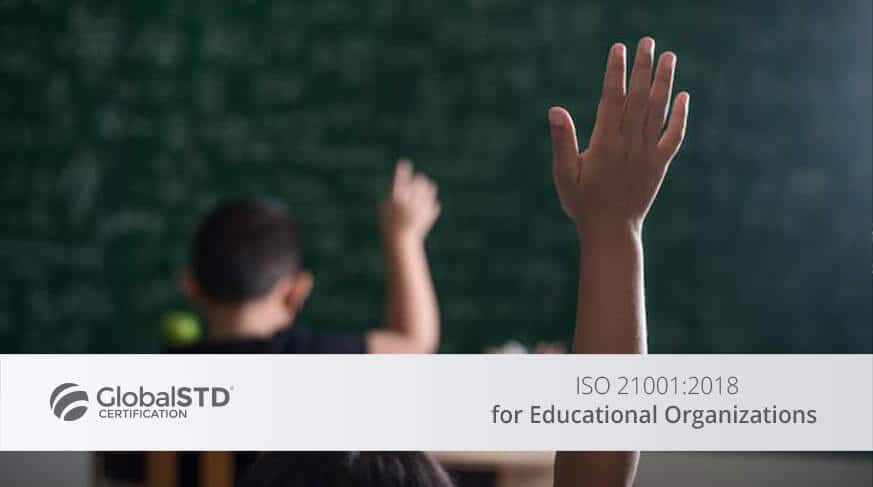
ISO 21001:2018 for Educational Organizations
Talking about education and after time, there’s been a big effort to provide education with good quality, evolving in infrastructure, equipment, staff competence, new programs and ways to study aiming to follow one mission: to improve our society.
Regarding the regulations, some institutions have fulfilled their challenges and transformed their goals, based on tools that allow them to keep and improve a teaching technique, besides using other technologies and research; basic tools to achieve this, like a certification and quality management system, however, with this evolution, a new standard was released to finalized the efforts, ISO 21001:2018 “educational institutions”, this standard will assist in monitoring these important concepts and ensuring the teaching process, learning or research.
THE STANDARD STRUCTURE
Complies with the High-Level Structure (HLS) allowing to adapt to educational institutions that already have a management system.
- Application field and aim
- Regulatory references
- Terms and definitions
- The organization context
4.1 The organization context and comprehension
4.2. Needs and expectations comprehension by the interested parties
4.3. Scope determination of the management system for educational organizations
4.4. Management system for educational organizations (SGOE).
- Leadership
5.1. Leadership and commitment
5.2. Policy
5.3. Organization position, responsibilities and authorities
- Planning
6.1. Measures to handle risks and opportunities
6.2. Objectives for educational organizations and planning to achieve.
6.3. Planning changes
- Support
7.1. Resources
7.2. Competence
7.3. Awareness and training
7.4. Communication
7.5. documented information
- Operation.
8.1. Planning and operations control
8.2. Products and educational services requirements
8.3. Products and educational services design and development
8.4. process control, products, and externally provided services
8.5. The provision of products and educational services.
8.6. Products and educational services delivery
8.7. Control of non-compliant educational outings
- Development evaluation
9.1. surveillance, measurement, analysis and evaluation
9.2. Internal audit
9.3. Management review
- Improvement
10.1. Corrective action and non-compliance
10.2. continual improvement
10.3. improvement opportunities
Annex A. additional requirements for children’s educational organizations
Annex B. Principles of educational organizations management system (SGOE)
Annex C. interested party’s classification of educational organizations.
Annex D. guidelines for interested party’s communication
Annex E. Process, actions, and tools in educational organizations
Annex F. Mapping example to regional standards
Annex G. Health and Safety considerations for educational organizations
ISO MODEL
PDCA CYCLE
Important points to consider:
ISO 21001, specifies the requirements for a management system for educational organizations (SGOE) when such organization, when that organization:
- To demonstrate the capacity to support the competencies development and acquisition through teaching, learning, and investigation.
- The aim is to improve the student’s satisfaction with other beneficiaries and staff through the effective application of SGOE, including the process improvement to the system and assure the compliance with students’ requirements and another beneficiary.
ISO 21001 requirements are universal and claim to apply at any organization that uses a study plan supporting the development of competence, through teaching-learning or researching, no matter the type, size or delivery method.
ISO 21001:2018 may apply for educational institutions in bigger organizations whose main business is not the education, for example, the professional training department.
NOTE: ISO 21001 does not apply to organizations that manufacture or produce educational outputs.
It’s important for those educational institutions that already been certified or have a management system to implement, keep and improve their teaching method, through this new standard, ensuring the teaching method by learning or researching


